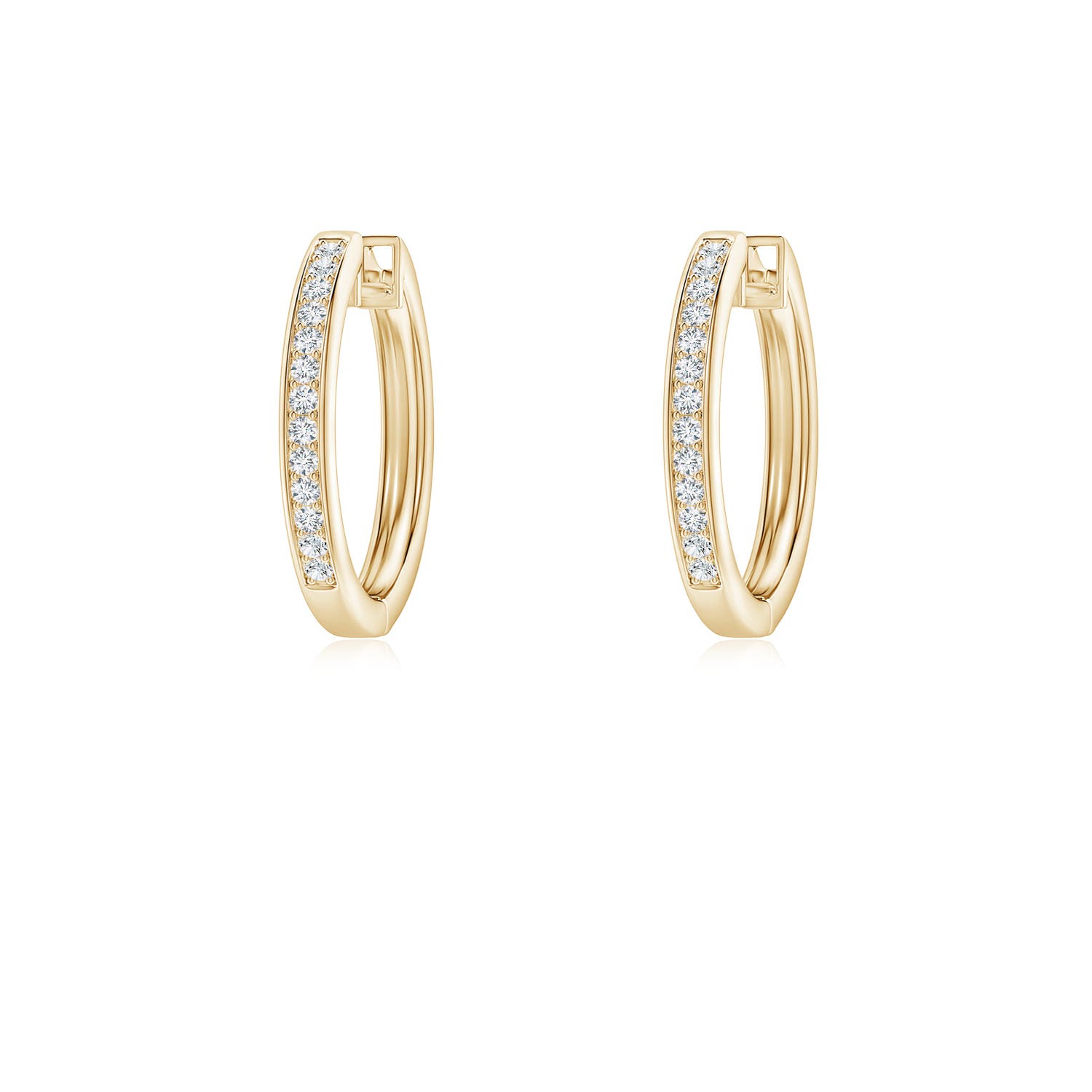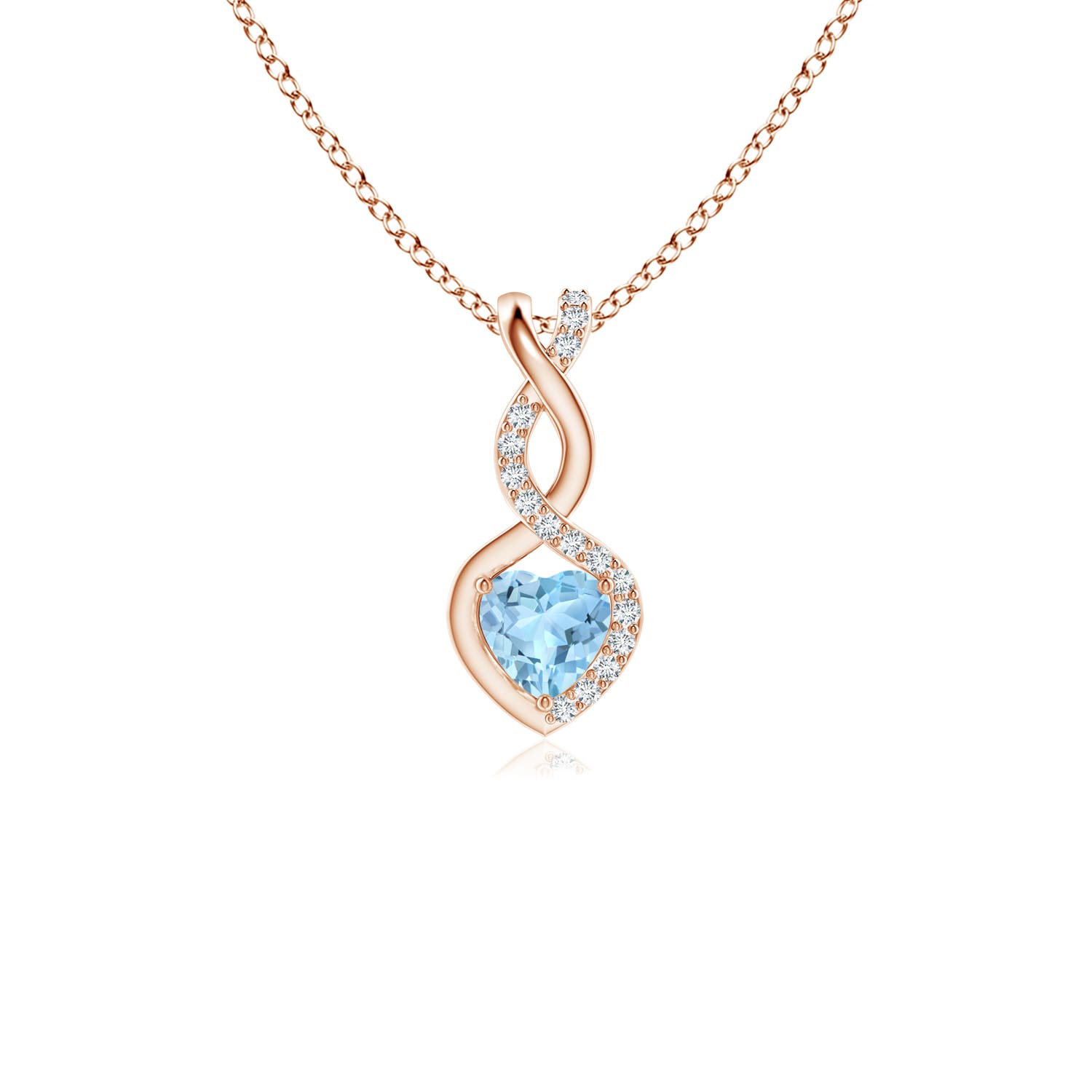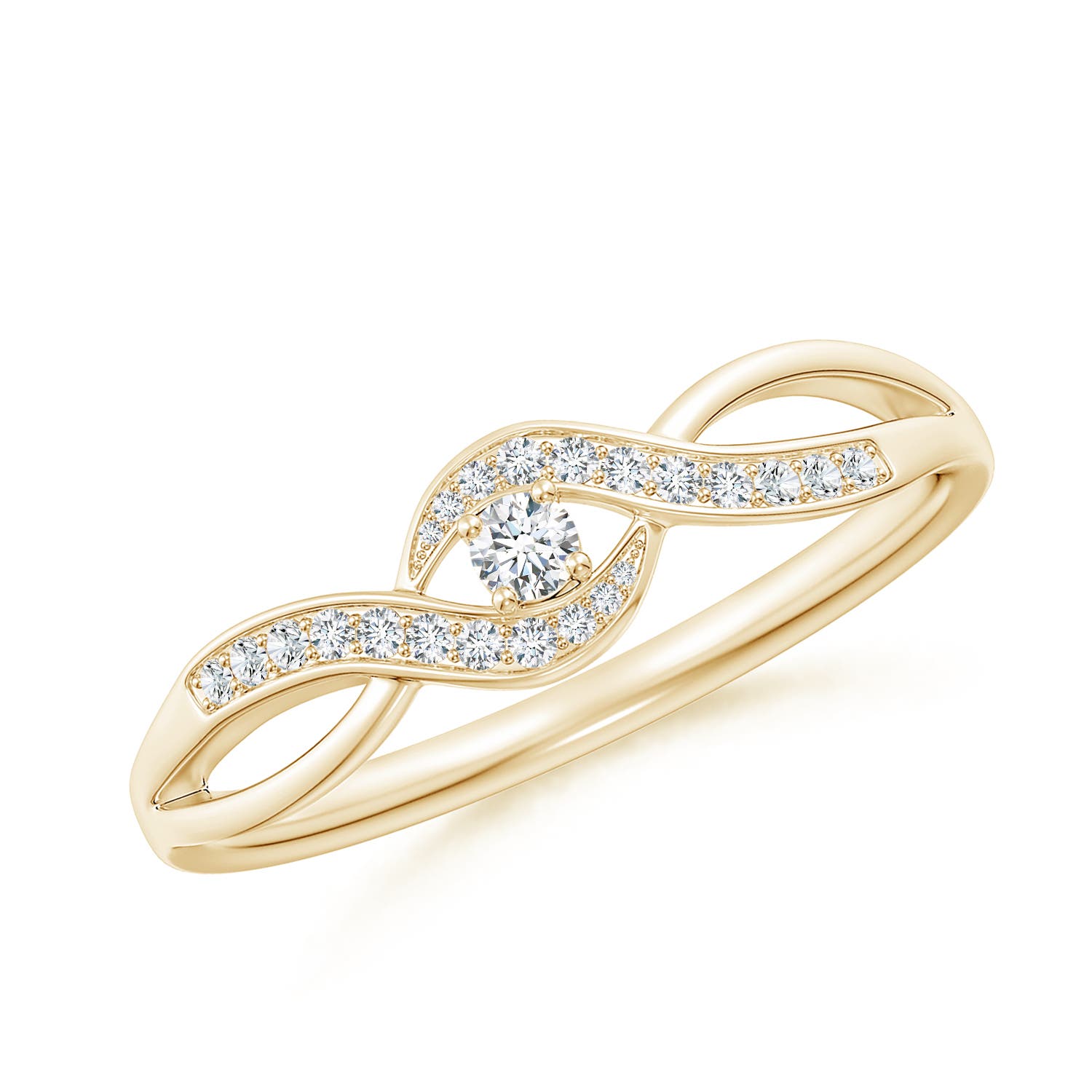When it comes to fine jewelry, you cannot do better than gold. Gorgeous and oh-so-precious, this shiny metal can elevate your outfit in a way that encourages people to stop and stare. Interestingly, while its name is known in every corner of the world, the properties of gold are known only by a few.
In fact, we’re pretty sure that most people wouldn’t know the answer to the question, ‘Is gold magnetic?‘ Are you one of them? If so, don’t stress because this article has all the information you need and more.
Before we get to the crux of the situation, let’s first talk about magnetism. For the unaware, the term ‘magnetism’ refers to the force exerted by magnets when they repel or attract each other. It is caused by the motion of electric charges. Interestingly, many people believe that gold is a magnet and has the properties necessary to attract metals.
Shop Gold Jewelry
| Yellow Gold Jewelry | White Gold Jewelry | Rose Gold Jewelry |
So, Is Gold Magnetic?
Technically, the answer is both yes and no here!
Let us explain:
In its purest form, gold isn’t considered to be a magnetic substance. However, it is quite soft and therefore needs to be mixed with tougher metals (like copper and nickel) before being molded into a fine jewelry item. In some cases, these strong metals are highly magnetic and hence, the resultant alloy could have magnetic properties as well.
Now that you know the answer to the question ‘Is real gold magnetic?‘ let’s move on to the next segment of this article.
Which Metals Are Considered Magnetic?

Generally speaking, nickel and iron are the two magnetic metals most commonly used to create the alloy used in fine jewelry. And while this may not be true 100% of the time, you can typically find these magnetic metals in white gold and lower-karat gold jewelry.
Keep this in mind the next time someone asks you questions like, ‘Is white gold magnetic?‘ or ‘Is 14 karat gold magnetic?‘ Trust us, with this response, they’ll definitely be satisfied.
Gold Jewelry vs. Gold-Plated Jewelry: Is One More Magnetic Than the Other?
It depends!

Simply put, a gold-plated piece is nothing but a cost-effective base metal covered with a thin layer of gold. While it isn’t a fake as such, it is certainly different from real gold jewelry which is created from alloyed gold.
Contrary to popular belief, one metal isn’t necessarily more magnetic than the other.
Consider this instance, for example:
You’re presented with two jewelry items:
1) A white gold piece created by blending pure gold with iron among other metals.
2) A gold-plated accessory that features a copper base metal.
Here, the white gold stunner would be more magnetic than its gold-plated counterpart as iron is magnetic and copper is not.
On the other hand:
Imagine you’re comparing the following two accessories:
1) A rose gold engagement ring made by combining copper and pure gold.
2) A gold-plated accessory that has nickel as its base metal.
In this scenario, the gold-plated accessory would be the magnetic one as it contains nickel.
Does Gold’s Magnetism Impact Its Wearability?
Apart from ‘Why is my gold chain slightly magnetic?‘, one of the most common questions we get asked is whether or not you can wear a magnetic gold jewelry piece.
Our answer: You definitely can!
While there is a small chance that your gold alloy could contain some magnetic metals, the truth of the matter is these metals are present in the minority. In fact, even in 14-karat gold (which is one of the lowest gold karat levels), pure gold makes up about 58.3% of the total blend.
As such, while your gold accessory might be magnetic, it is by no means strong enough to aggressively attract other metals.
This makes it suitable for everyday use.
Also Read: What is the Difference Between 14k and 18k Gold?
Is Gold a Good Option for You?
Of course, it is!
While there are several reasons why this metal would make a great jewelry staple, our biggest ones are as follows:
| Symbolism | This metal signifies opulence, wealth and divine power. |
| Elegance | Gold is a fantastic way to make yourself look more graceful without curbing on your outfit’s glam quotient. |
| Versatility | This metal can be flaunted at every event. |
1) Symbolism
Want a metal that literally spells out the word ‘Q.U.E.E.N?’ Opt for gold. Signifying opulence, wealth and divine power, this shiny metal is sure to add a touch of luxe to your everyday look and make you feel like the royalty you are.
2) Elegance
Imagine this: You walk through the doors of a black-tie event and immediately feel everyone’s eyes on you. With your gorgeous up-do and extravagant gown, you’re destined to be the belle of the ball.
In our opinion, the only thing that can make this picture even better is a smattering of gold jewelry.
Often described as one of the most elegant metals out there, gold is a fantastic way to make yourself look more graceful without curbing on your outfit’s glam quotient. This makes it a must-buy in our eyes.
3) Versatility
Casual, formal or something in the middle? Regardless of your answer, we bet gold would tie your entire look together. Subtle yet classy, this metal can draw eyes without seeming too over the top, thus making it the perfect choice for every event. Need we say more?
What Are the Different Types of Gold?
Fun fact: Pure gold can sometimes change color to match the metals mixed with it. Not only that but the resultant alloys are accompanied by their own set of USPs. Mentioned below are the three types of gold present in the market today:
1. Yellow Gold
Featuring an eye-catching yellow hue, this metal is the closest to pure gold in terms of color. It gets its strength from the presence of silver, copper and zinc within its composition and is one of the, if not the most famous variations of gold present today.
Pros
- Because of its hue, this metal is commonly associated with all things classic. As such, if you want to add an element of timelessness to your accessory, then yellow gold is the way to go.
- This metal is quite easy to maintain. This makes it a fantastic choice if you are someone who’s always on the go.
Cons
- Although strong, yellow gold is the softest of the bunch and is therefore, more prone to scratches and dents.
2. Rose Gold
Want your jewelry to reflect your love for romance? Go for rose gold. Created through the combination of pure gold and copper, this uber-chic metal is destined to ensure all eyes on you. Mentioned below are the major pros and cons of the same:
Pros
- Featuring a pinkish-bronze hue, this metal is a great way to infuse some femininity into your everyday look.
- Because of the copper content within the same, rose gold is quite durable.
Cons
- Rose gold is non-hypoallergenic.
- This metal can change color and appear slightly darker over time. And so, it may need regular maintenance.
3. White Gold
Last on this list is none other than white gold. Modern and stylish, this metal owes its awe-inspiring white hue to the presence of silver, palladium and nickel within its composition.
Pros
- Contrary to its yellow gold counterpart, white gold is quite contemporary. This makes it a great choice if you want your jewelry items to carry a modern vibe.
- Due to the metals present within the same, white gold is very durable and is considered to be scratch resistant.
Cons
- As touched upon before, white gold contains nickel which makes it non-hypoallergenic. Having said that, you can find several hypoallergenic variations in the market today. Here, the nickel content is typically swapped out for another metal.
Also Read: What’s the Difference Between White and Yellow Gold?
Did You Know?
- Pure gold is so malleable that a single ounce can be beaten into a 300-square-foot sheet.
- ‘Au,’ which is the element symbol for gold, was actually derived from the Latin name for gold ‘aurum.’ This name essentially means ‘glow of sunrise’ or the ‘shining dawn.’
- This metal is quite ductile. In fact, it is said that one ounce of gold can be stretched into a thin thread about 5 miles long.
- Gold is a noble metal. This basically means that it is unreactive and can typically resist degradation by moisture, air and acidic conditions.
- Despite its heaviness and density, gold is considered to be a non-toxic metal. Because of this, gold flakes are commonly added to various edible items to enhance their luxury quotient. However, do note that this metal is a common allergen for some.
Angara Says:
Interested in treating yourself to some gold jewelry but don’t know where to shop? We’ve got your back! From rose gold earrings to white gold pendants, our collection has got everything you need to make your gold-tinted fashion fantasies come true.
Don’t know the difference between a ‘carat’ and a ‘karat?’ Check out our detailed article on ‘Karat vs. Carat.’
Want to test the purity of your gold from the comfort of your own home? Take help from our article on, ‘How to test gold at home?‘


































